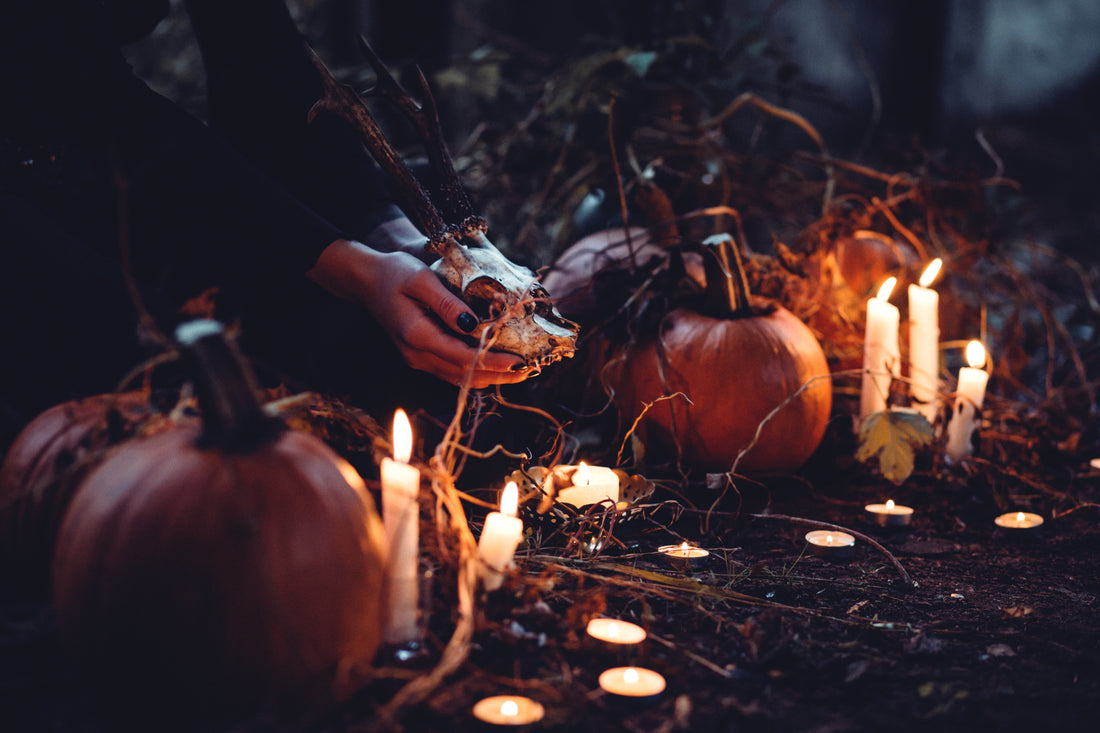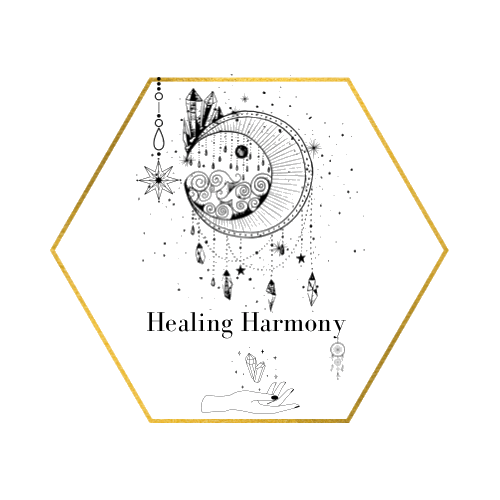
Samhain
Unveiling the Ancient Origins of Halloween
Introduction
As the leaves turn crimson and the air grows crisp, people around the world prepare for a festive celebration that dates back thousands of years. Samhain, a Gaelic festival, marks the beginning of the Celtic winter and is often considered the precursor to modern-day Halloween. In this blog, we will explore the history, customs, and significance of Samhain, shedding light on the rich tapestry of traditions that have influenced the way we celebrate this spooky season today.
The History of Samhain
Samhain, pronounced "sow-in," is a word derived from Old Irish and means "summer's end." It marked the end of the harvest season and the beginning of winter in the Celtic calendar. Celebrated around October 31st, it was a time when the veil between the mortal world and the supernatural realm was believed to be at its thinnest.
Celtic Beliefs and Customs
1. Honoring the Dead: Samhain was a time to pay respects to deceased ancestors. People would leave offerings for the spirits and set a place at the table for them. The tradition of lighting candles or carving turnips (later pumpkins) into Jack-o'-lanterns may have originated from this belief in guiding spirits.
2. Bonfires: Huge bonfires were lit to ward off evil spirits and provide protection during the dark months ahead. The word "bone fire" may have been derived from the practice of burning animal bones to honor the spirits.
3. Costumes: The Celts believed that wearing costumes and disguises allowed them to blend in with the spirits that roamed the earth during Samhain, making it less likely that they would be harmed.
Influence on Halloween
As the Roman Empire expanded and Christianity took hold in Europe, many Celtic traditions, including Samhain, evolved. The church attempted to replace pagan festivals with Christian ones. In the 8th century, Pope Gregory III designated November 1st as All Saints' Day, followed by All Souls' Day on November 2nd, aligning with Samhain. This attempt to Christianize the holiday eventually gave rise to the term "Halloween," derived from "All Hallows' Eve."
Modern Celebrations
Today, Halloween blends ancient Celtic traditions with a myriad of customs from various cultures. People carve intricate pumpkins, dress up in elaborate costumes, and decorate their homes with eerie themes. Trick-or-treating has become a beloved tradition for children, and horror-themed parties and haunted houses are staples of the season.
Conclusion
Samhain, with its roots deeply embedded in Celtic folklore, provides a fascinating glimpse into the origins of Halloween. As we indulge in the festivities and embrace the spooky, it's important to remember the ancient customs and beliefs that laid the foundation for this cherished holiday. Samhain, like Halloween, is a time to honour the past, celebrate the present, and embrace the mysteries of the future.
Introduction
As the leaves turn crimson and the air grows crisp, people around the world prepare for a festive celebration that dates back thousands of years. Samhain, a Gaelic festival, marks the beginning of the Celtic winter and is often considered the precursor to modern-day Halloween. In this blog, we will explore the history, customs, and significance of Samhain, shedding light on the rich tapestry of traditions that have influenced the way we celebrate this spooky season today.
The History of Samhain
Samhain, pronounced "sow-in," is a word derived from Old Irish and means "summer's end." It marked the end of the harvest season and the beginning of winter in the Celtic calendar. Celebrated around October 31st, it was a time when the veil between the mortal world and the supernatural realm was believed to be at its thinnest.
Celtic Beliefs and Customs
1. Honoring the Dead: Samhain was a time to pay respects to deceased ancestors. People would leave offerings for the spirits and set a place at the table for them. The tradition of lighting candles or carving turnips (later pumpkins) into Jack-o'-lanterns may have originated from this belief in guiding spirits.
2. Bonfires: Huge bonfires were lit to ward off evil spirits and provide protection during the dark months ahead. The word "bone fire" may have been derived from the practice of burning animal bones to honor the spirits.
3. Costumes: The Celts believed that wearing costumes and disguises allowed them to blend in with the spirits that roamed the earth during Samhain, making it less likely that they would be harmed.
Influence on Halloween
As the Roman Empire expanded and Christianity took hold in Europe, many Celtic traditions, including Samhain, evolved. The church attempted to replace pagan festivals with Christian ones. In the 8th century, Pope Gregory III designated November 1st as All Saints' Day, followed by All Souls' Day on November 2nd, aligning with Samhain. This attempt to Christianize the holiday eventually gave rise to the term "Halloween," derived from "All Hallows' Eve."
Modern Celebrations
Today, Halloween blends ancient Celtic traditions with a myriad of customs from various cultures. People carve intricate pumpkins, dress up in elaborate costumes, and decorate their homes with eerie themes. Trick-or-treating has become a beloved tradition for children, and horror-themed parties and haunted houses are staples of the season.
Conclusion
Samhain, with its roots deeply embedded in Celtic folklore, provides a fascinating glimpse into the origins of Halloween. As we indulge in the festivities and embrace the spooky, it's important to remember the ancient customs and beliefs that laid the foundation for this cherished holiday. Samhain, like Halloween, is a time to honour the past, celebrate the present, and embrace the mysteries of the future.

















